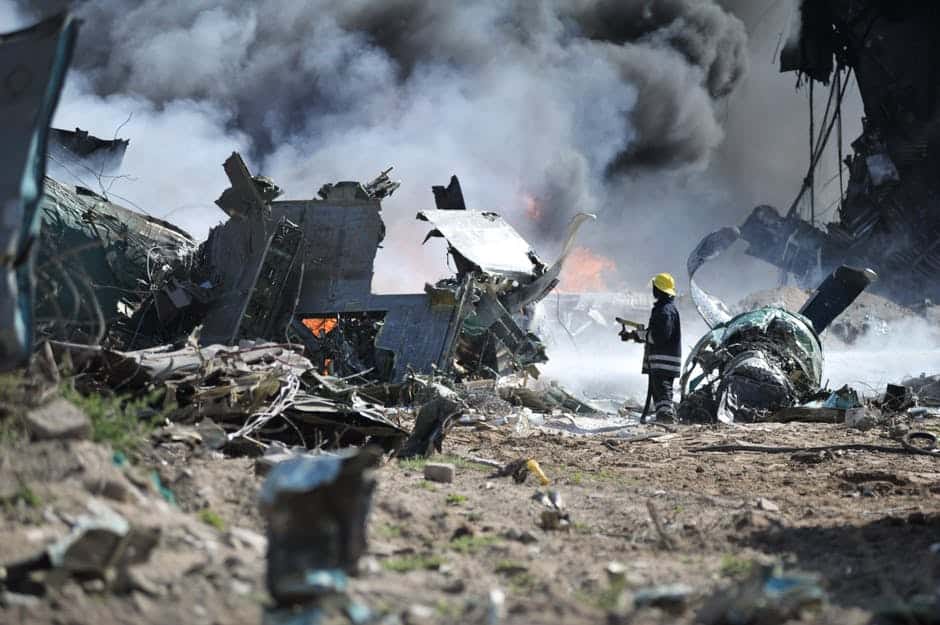Business continuity and disaster recovery (BC/DR) seem simple enough, but they are two very different things.
Disaster Recovery
Disaster recovery (DR) is the process(es) by which your company, in the event of a disaster, recovers lost computers, servers, and data. DR is primarily an I.T. responsibility.
Business Continuity
Business continuity is the process by which your company, in the event of a disaster, gets back up and able to conduct business again. I.T., facilities management, HR, and the rest of the company share responsibility for your BC plan.
Disaster recovery is an essential element of any business continuity plan. However, getting your data, computers, and servers back up and running may not be enough for you to conduct business transactions with customers. Let’s look at an extreme example: A tornado strikes an electrical components manufacturer in the Midwest. The office and manufacturing facility are destroyed. The company has all desktops and servers backed up using a cloud service and has redundant servers in a co-location environment. The company’s I.T. provider was able to replace all damaged computers and get staff access to data, email, and ERP/EMR systems within a day. From a DR perspective, the recovery has gone well. However, from a BC perspective, the company is still unable to manufacture or ship product, so things are not going as well.
All companies should engage in business continuity planning, or BCP, with leaders across the organization and lines of business participating. From a DR perspective, your team needs to make some crucial decisions:
How long can you afford to be down?
Many organizations demand a DR solution that limits downtime to minutes. Then they see the cost for such a solution and reset their expectations. Near-immediate recovery is possible. And it is often outrageously expensive. Work with your I.T. provider to find the right balance between the cost of recovery and the cost of downtime.
Who -or what- is most important?
Companies need to make some hard decisions and prioritize the roles, data, and processes that are most important to the company. Proactively developing a matrix that ties I.T. assets to business impact can help the company focus on essential recovery tasks in the chaos of a disaster. Trust us. These are not the decisions you want to be making in the heat of the moment.
How important is the office?
For many companies, a viable DR solution may be as simple as sending your staff to work from home or a coffee shop. With SaaS-based software and cloud computing services, company assets can be accessed any time from any location with an internet connection.
While these are three of the most important considerations to think through during your BCP exercise, this is far from an exhaustive list. It is critical your business and technology leaders spend time developing a full BC/DR plan.
If you do not have a BC/DR plan, or are not sure how long it would take your business to be functional in the case of a disaster, contact us. We can help!

